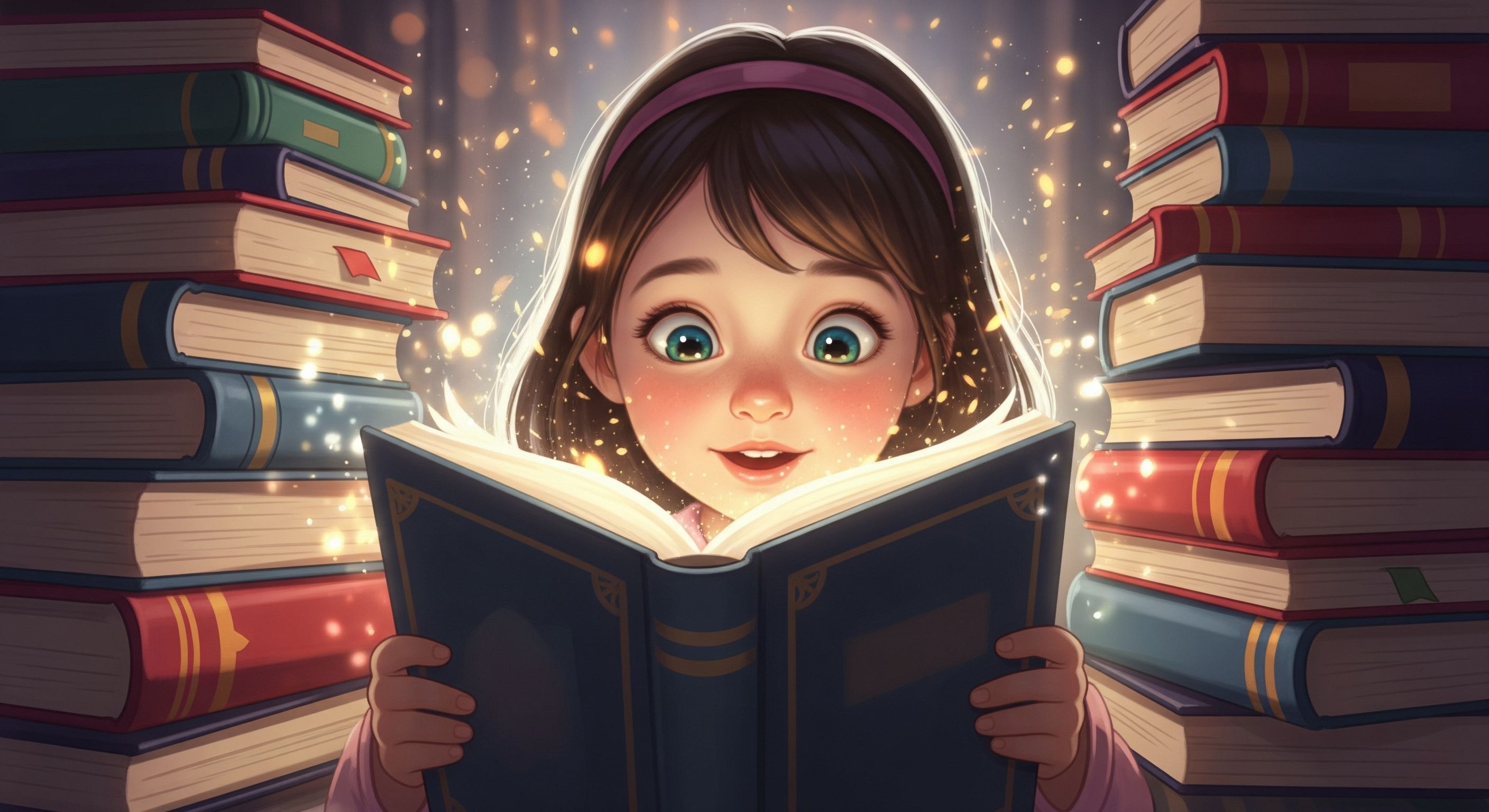Did you know reading to your child early can really help their childhood development? It also helps them love books for life. As parents, we aim to give our kids the best start, and reading together is key.
We're excited to share our top 20 picks for beginning readers. These stories are fun and help your child improve their reading skills. They also spark a love for books.
Key Takeaways
- Discover the top 20 books that can help your child become a confident reader.
- Explore a diverse range of engaging stories and illustrations.
- Learn how to choose the best books for your child's reading level.
- Understand the importance of reading together for literacy development.
- Find tips on how to make reading a fun and enjoyable experience.
Why Early Reading Matters for Childhood Development
When we read with our kids, we're doing more than sharing stories. We're helping them develop literacy skills that last a lifetime. Early reading is key for their growth, affecting their school success and emotional and social development.1
Reading with our children creates a supportive space for their growth. It's essential for their future learning and instilling a love for reading that lasts.
Building Foundational Literacy Skills
Early reading is vital for building foundational literacy skills. It helps kids see how sounds, letters, and words connect. This is the first step to learning to read and write.2
- Recognizing and naming letters
- Understanding basic story structures
- Develo... [truncated]
FAQ
What are the benefits of early reading for children?
Early reading helps kids learn to read well. It makes reading fun and exciting. It also helps kids and parents bond and prepares them for school.
How do I choose the right books for my beginning reader?
Pick books that match your child's reading level and interests. Look for stories with fun characters and plots. Ask your child's teacher or a librarian for book suggestions.
What are some classic picture books that support early reading?
"The Very Hungry Caterpillar" by Eric Carle is great for early readers. So are "Brown Bear, Brown Bear, What Do You See?" by Bill Martin Jr. and "Chicka Chicka Boom Boom" by Bill Martin Jr. and John Archambault. These books are fun and educational.
How can phonics-based books help my child develop their decoding skills?
Phonics books teach kids about sounds and letters. "Hop on Pop" by Dr. Seuss and "Bob Books" Series are good examples. They make learning phonics fun.
Works Cited
-
Reading Rockets. (n.d.). The Importance of Reading Aloud.
Annotation: This source explains that reading aloud is the single most important activity for building the knowledge required for eventual success in reading. It builds vocabulary, background knowledge, and creates positive associations with books.
https://www.readingrockets.org/topics/reading-aloud/articles/importance-reading-aloud -
U.S. Department of Education. (n.d.). The Five Essential Components of Reading.
Annotation: This guide outlines the key building blocks of reading, including phonics (the relationship between letters and sounds) and sight word recognition (fluency) as critical skills for young readers.
https://www2.ed.gov/parents/read/resources/reading_first1.html -
Scholastic. (n.d.). Learn About Reading Levels.
Annotation: Scholastic provides an overview of different reading level systems, such as Guided Reading Levels (GRL) and Lexile, to help parents and educators choose books that match a child's reading ability.
https://www.scholastic.com/parents/books-and-reading/reading-resources/learn-about-reading-levels.html -
National Association for the Education of Young Children (NAEYC). (2016). Learning to Read and Write: What Research Reveals.
Annotation: This research summary notes that books with predictable patterns and rhymes, like "Brown Bear, Brown Bear," allow young children to participate in reading and build confidence.
https://www.naeyc.org/resources/pubs/yc/nov2016/learning-read-write -
PBS for Parents. (n.d.). The "Elephant & Piggie" Books by Mo Willems.
Annotation: This article highlights the "Elephant & Piggie" series for its simple text, clear illustrations, and focus on dialogue, which makes it easy for beginning readers to follow and even act out.
https://www.pbs.org/parents/thrive/the-elephant-piggie-books-by-mo-willems -
Social Justice Books. (n.d.). A Guide to Selecting Anti-Bias Children's Books.
Annotation: This guide explains the importance of providing children with books that reflect diverse backgrounds and experiences to foster empathy, critical thinking, and a sense of self-worth.
https://socialjusticebooks.org/guide-for-selecting-anti-bias-childrens-books/
-
Reading Rockets. (n.d.). The Importance of Reading Aloud.
